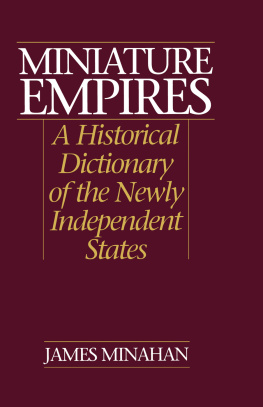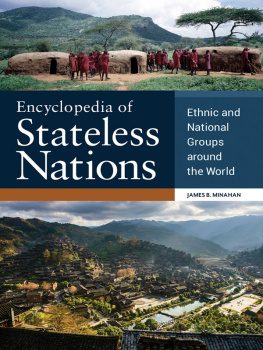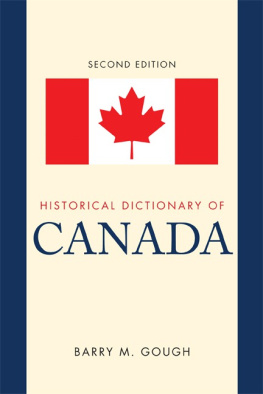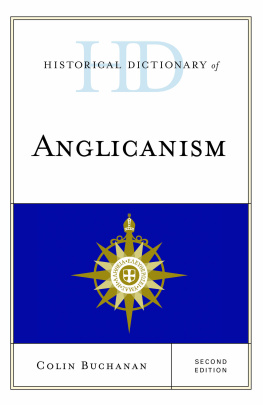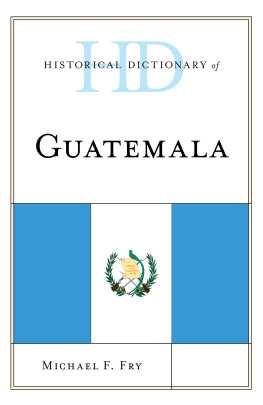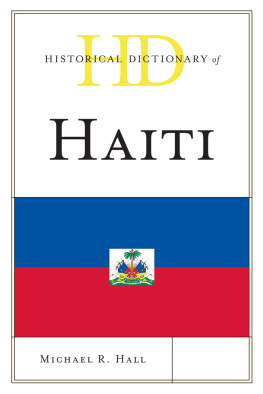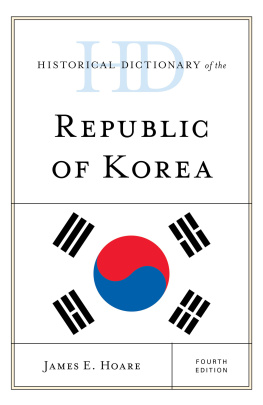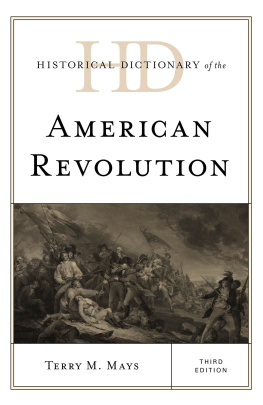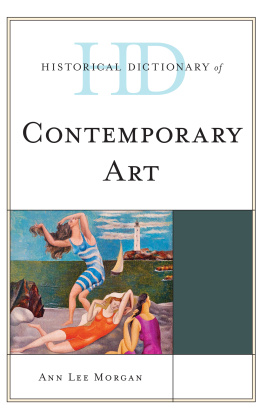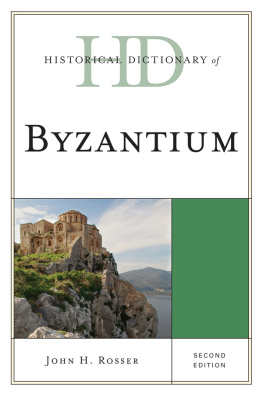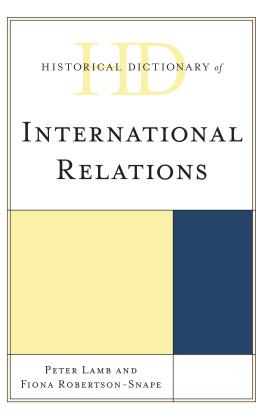Copyright 1998 by James Minahan
All rights reserved, including the right of reproduction in whole or in part in any form.
First published 1998 by Fitzroy Dearborn Publishers
This edition published 2013 by Routledge
2 Park Square, Milton Park, Abingdon, Oxon, OX14 4RN
711 Third Avenue, New York, NY 10017
Routledge is an imprint of the Taylor & Francis Group, an informa business
Library of Congress and British CIP is available.
ISBN: 1579581331
The collapse of totalitarian regimes at the end of the Cold War brought a collection of nearly unknown countries to the worlds attention. This volume covers those countries and the nations that dwell within their borders. Miniature Empires: A Historical Dictionary of the Newly Independent States follows the development of these countries from the earliest periods of their national histories to the present. This collection of country surveys is an essential guide to the new states that the world ignored or suppressed during the decades of the Cold War, both the twentieth centurys most protracted conflict and the longest and most stable peace in the history of the modern world.
The Cold War did give the world a fragile peace, but for many it was at the price of their national freedom. In the name of stability historic nations were held captive and denied the right to self-determination. The suppression that kept these nations in bondage was also extended to the many other national groups inhabiting their national territory. Intergroup and interethnic conflicts, which result mostly from the expression of group rights, were also suppressed in the name of state unity and national integrity.
Each of the newly independent states, sometimes referred to as the NIS, has claimed or reclaimed its independence based on the right of the titular national group to govern itself. The titular or predominant nationalities, the historic national cores, have been the center of the attention focused on these new states. Yet all of the new states are actually miniature empires, inhabited by many different ethnic, religious, and national groups. The ethnic and national conflicts that followed the independence of many of these new nations have their roots in their own multiethnic populations. Until now no reference book has addressed the postCold War nationalist resurgence by focusing on the nations within the new nation-states, both the core nationalities and the so-called national minorities.
This dictionary was prepared to fill that void. It contains twenty-five articles highlighting the historical, political, social, and economic evolution of the new nations that are now emerging to claim a role in the postCold War world order. Each survey gives a breakdown of the countrys population, with information about the size and composition of each of the national groups that inhabit the new state. The worth of the dictionary derives in part from its up-to-date information on the relatively unknown nations that inhabit the countries that have been recognized as independent states since 1989.
The decision to use the term newly independent states as a collective description was made for lack of a better term. None of the terms applied to these newly independent states has proved entirely successful, and only NIS applies to the entire group of countries included in this study. The only factors that the twenty-five states included in this book have in common are their multiethnic populations and the fact that they gained their independence from the rubble of collapsing totalitarian regimes between 1989 and 1998. With each passing year the use of the term newly independent states or the search for a better one will become increasingly unnecessary.
Websters Unabridged Dictionary defines the word nation as a body of people, associated with a particular territory, that is sufficiently conscious of its unity to seek or possess a government particularly its own. This definition applies to the core nation group or groups of each of the new states, but not to the nation-state itself. Even the few new states with a core national group that accounts for more than 80% of the total population are inhabited by dozens of different national, religious, and ethnic groups.
The newly independent nations included in this volume played little or no role in international politics before the end of the Cold War. Some of the nations will be familiar, either historically or more recently as news items. Some of these nations will be familiar to millions of Americans and Canadians whose families trace their roots to these historic regions.
The states that broke up following the collapse of their totalitarian regimes left behind not only numerous secession states, but also the truncated remains of the former state inhabited by the previously predominant core national groups. The core states of the disappeared countries are also newly independent states with different governments, names, national territories, and populations. These new states, the Russian Federation, the Federal Democratic Republic of Ethiopia, the Federal Republic of Yugoslavia, and the Czech Republic, have all been widely accepted as the direct successors of the disappeared states. The advantages to successor status include control of the former states assets, including national treasuries, armies, embassies, and other properties. Claims to successor status have also allowed these newly independent states to take over established United Nations seats and memberships in many other national organizations.
One of the states, Namibia, is not usually included as a newly independent state, although it was the first of the group to gain independence. The apartheid White-dominated South African government, which controlled Namibia under an expired UN mandate, was permitted to defy world opinion and hold onto the territory because of its staunchly anti-Communist stance. When communism began to crumble and the Cold War ended, the South African government too came under intense pressure, finally ceding power to a majority government, while Namibia was granted independence under UN auspices.
Each national entry is divided into several parts or headings: the name and alternative names; the capital city; population statistics, incorporating the total population, the largest national groups, the major languages and religions, and the largest cities and urban areas; geography, including size, location, physical geography, administrative divisions, and political status; independence declarations; the national and other pertinent flags; a brief sketch of the national groups living within the countrys borders; the nation, including the history and national development to the present.
The emergence of these new nations has brought many changes to the fields of geography and cartography. Place names, previously known in the language of the controlling state, are still in the process of translation to the new national languages, with cartographers and geographers attempting to settle on the definitive forms of the names of nations, national groups, and languages. In this volume, where new names are used, the more familiar form is shown in parentheses.
The population figures are the authors estimates for the year 1998. The figures are designated by the abbreviation (98e) before the appropriate statistics. These figures were gleaned from a vast number of sources, both official and unofficial, representing the latest censuses and official estimates. Official rates of population growth, urban expansion, and other variables were applied to the figures to arrive at the statistics included in the dictionary.


